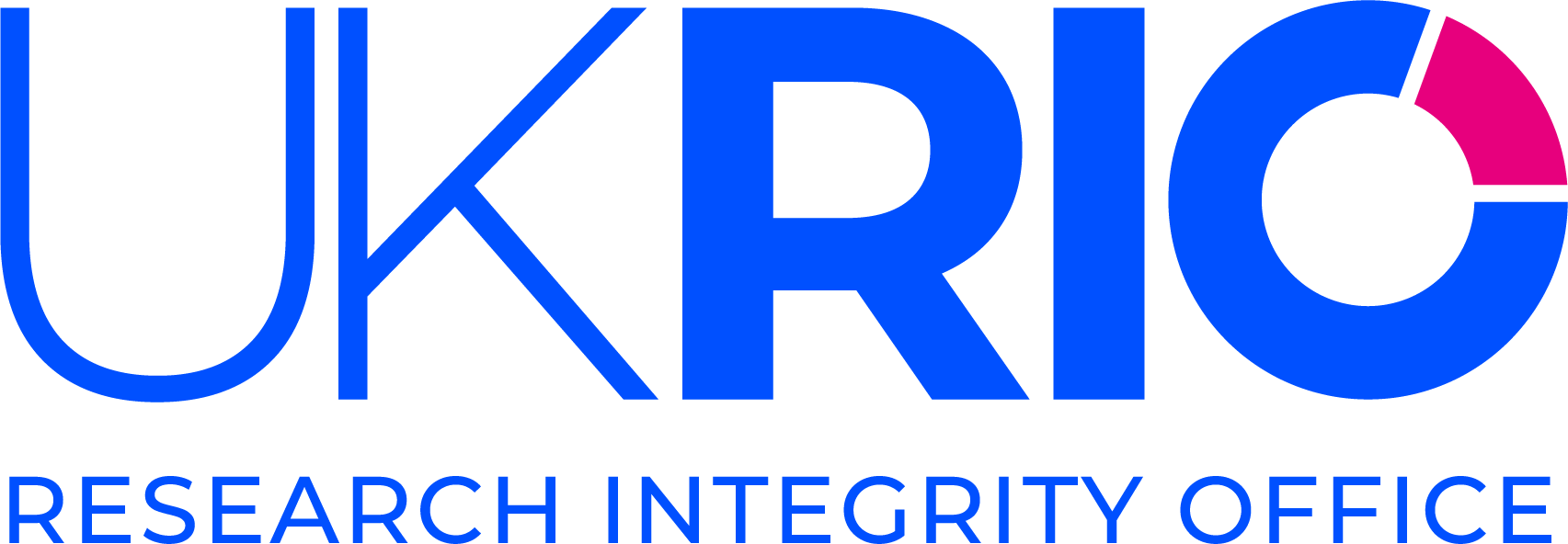Academic Image Integrity
UKRIO resources:
- Webinar slides: Jana Christopher talked about image integrity in research publication at our June 2020 webinar. Image Integrity in Research Publication
External Resources:
References
- Guidance from the seminal 2004 Journal of Cell Biology paper presents the problem of inappropriate image manipulation and gives general guidelines for the handling of digital image data in a simple/easily understandable way, with examples.
Rossner, M., & Yamada, K. M. (2009). What’s in a picture? The temptation of image manipulation. European Science Editing. http://jcb.rupress.org/content/166/1/11.full
- How to determine if a photo is fake.
https://www.americanscientist.org/article/how-to-detect-faked-photos
- How journals detect image manipulation in 2 parts.
https://www.enago.com/academy/scientific-fraud-journals-detect-image-manipulation-part-1/
https://www.enago.com/academy/scientific-fraud-journals-detect-image-manipulation-part-2/
- Royal Society of Biology: Focus on: Image manipulation. https://thebiologist.rsb.org.uk/biologist/158-biologist/features/1972-focus-on-image-manipulation-2
Collective Responsibility of Key Users for Credible Images Collective Responsibility of Key Users for Credible Images (proofig.com)
Tools
- The Office of Research Integrity has an excellent online learning tool for research integrity and image processing: https://ori.hhs.gov/education/products/RIandImages/default.html
Webinars and Video
- HEADT Centre — Humboldt-Elsevier Advanced Data and Text Centre. This video introduces image plagiarism and duplication: https://www.youtube.com/watch?v=CRSznah_xg0
- Dr Elisabeth Bik | Bad Science & image manipulation | The Cost of Correcting Bad Science from the Riot Science Club: (1) Dr Elisabeth Bik | Bad Science & image manipulation | The Cost of Correcting Bad Science – YouTube
Infographic
- An infographic showing what is unacceptable image manipulation: https://ori.hhs.gov/sites/default/files/2017-12/6_Image_Manipulation.pdf
- An infographic showing tips for presenting scientific images with integrity: https://publicationethics.org/files/Image_Manipulation_in_a_Published_Article.pdf
Further reading list
- List of further references and training material from the website Image Data Integrity: http://www.imagedataintegrity.com/resources.html
Recently the incidence of problematic digital academic research images in the published literature has been questioned. Hence, there have been efforts to establish whether there should be automation and specific tools to detect these manipulated images:
- A paper looking at the prevalence of image duplication: Bik, E. M., Casadevall, A., & Fang, F. C. (2016). The Prevalence of Inappropriate Image Duplication in Biomedical Research Publications. MBio. https://doi.org/10.1128/mbio.00809-16
- A paper discussing the role of automatic detection of manipulated images in biomedical literature: Bucci, E. M. (2018). Automatic detection of image manipulations in the biomedical literature article. Cell Death and Disease. https://doi.org/10.1038/s41419-018-0430-3
- Description of a tool designed to detect manipulated images: Koppers, L., Wormer, H., & Ickstadt, K. (2017). Towards a Systematic Screening Tool for Quality Assurance and Semiautomatic Fraud Detection for Images in the Life Sciences. Science and Engineering Ethics. https://doi.org/10.1007/s11948-016-9841-7
Last revised January 2024.
Please note that this list of resources is not intended to be exhaustive and should not be seen as a substitute for advice from suitably qualified persons. UKRIO is not responsible for the content of external websites linked to from this page. If you would like to seek advice from UKRIO, information on our role and remit and on how to contact us is available here.
UKRIO would like to thank our Advisory Board and other volunteers for their help in putting this list together.
